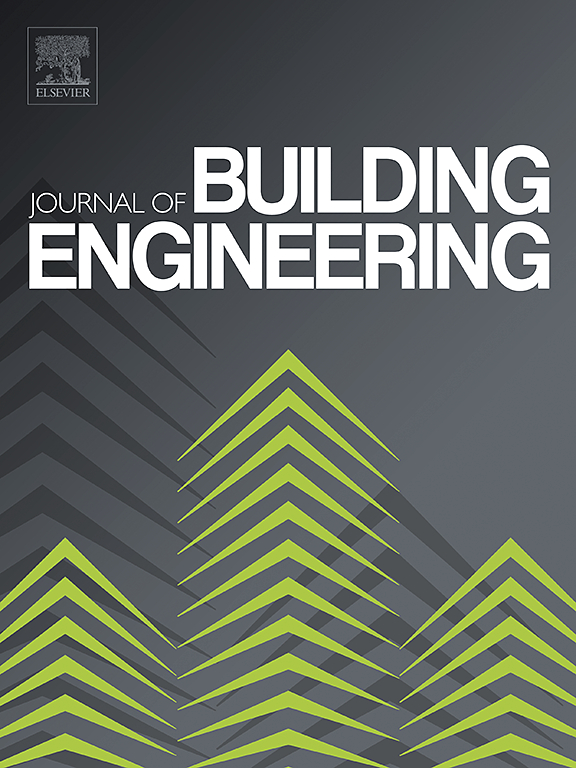Investigation of climate-adaptive thermal effects of a double-sided hydronic loop embedded in an opaque building envelope
IF 6.7
2区 工程技术
Q1 CONSTRUCTION & BUILDING TECHNOLOGY
引用次数: 0
Abstract
Dynamic opaque building envelopes have emerged as a promising solution to mitigate the impact of conventional static envelopes on building heating and cooling demands. However, the development faces several challenges, including a predominant focus on thermal barriers optimized for either heating or cooling, limited dynamic operational modes, and a lack of studies evaluating their performance under diverse climate conditions with practical applications. This research investigates the dynamic operational modes of a hydronic-based opaque building envelope system featuring a double-sided hydronic heating and cooling layer across various climate conditions. The system incorporates two hydronic layers, positioned on the exterior and interior surfaces of the envelope. Eight operational configurations were examined: two coupled modes, where the layers function as a closed loop to facilitate direct heat transfer between distinct environments, and six decoupled modes, where the layers operate independently, responding separately to their respective environments. Computational simulations conducted using Modelica demonstrated that the coupled modes for direct heat exchange significantly enhanced heat transfer rates, ranging from −155.05 W/m2 to 172.81 W/m2, compared to a conventional static wall, which exhibited rates between −11.48 W/m2 and 13.65 W/m2. Decoupled modes displayed effective thermal barrier properties, achieving nearly zero heat transfer under certain conditions. They also provided effective heating and cooling transfer rates ranging from −73.28 W/m2 to 79.21 W/m2, in contrast to static walls, which increased heating and cooling loads between −9.34 W/m2 and 11.5 W/m2. The study highlights the potential of dynamic operational modes, offering insights for advancing hydronic-based dynamic opaque building envelopes to enhance building energy efficiency.
求助全文
约1分钟内获得全文
求助全文
来源期刊

Journal of building engineering
Engineering-Civil and Structural Engineering
CiteScore
10.00
自引率
12.50%
发文量
1901
审稿时长
35 days
期刊介绍:
The Journal of Building Engineering is an interdisciplinary journal that covers all aspects of science and technology concerned with the whole life cycle of the built environment; from the design phase through to construction, operation, performance, maintenance and its deterioration.
 求助内容:
求助内容: 应助结果提醒方式:
应助结果提醒方式:


